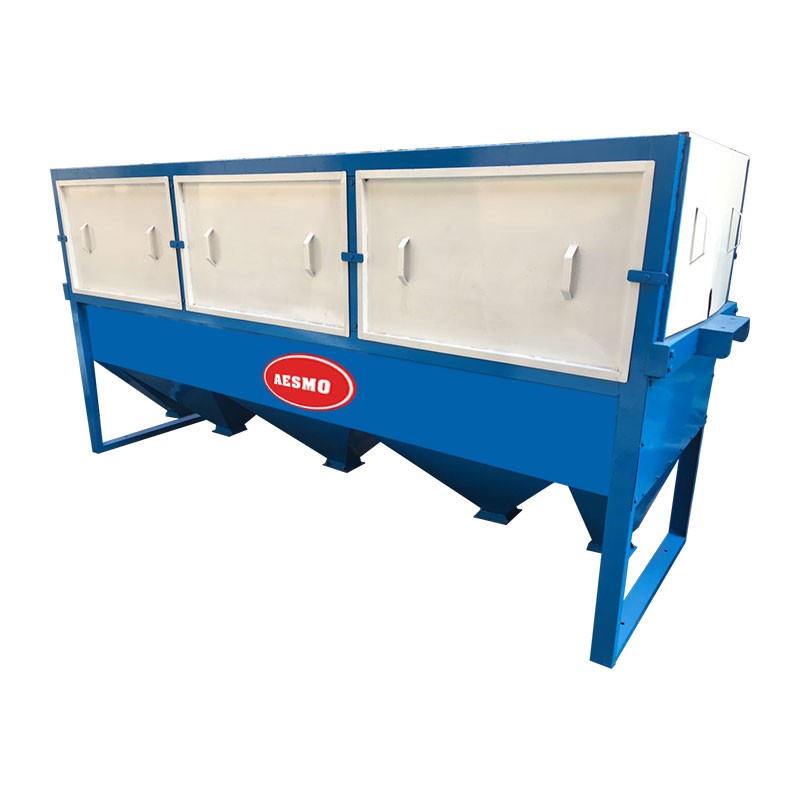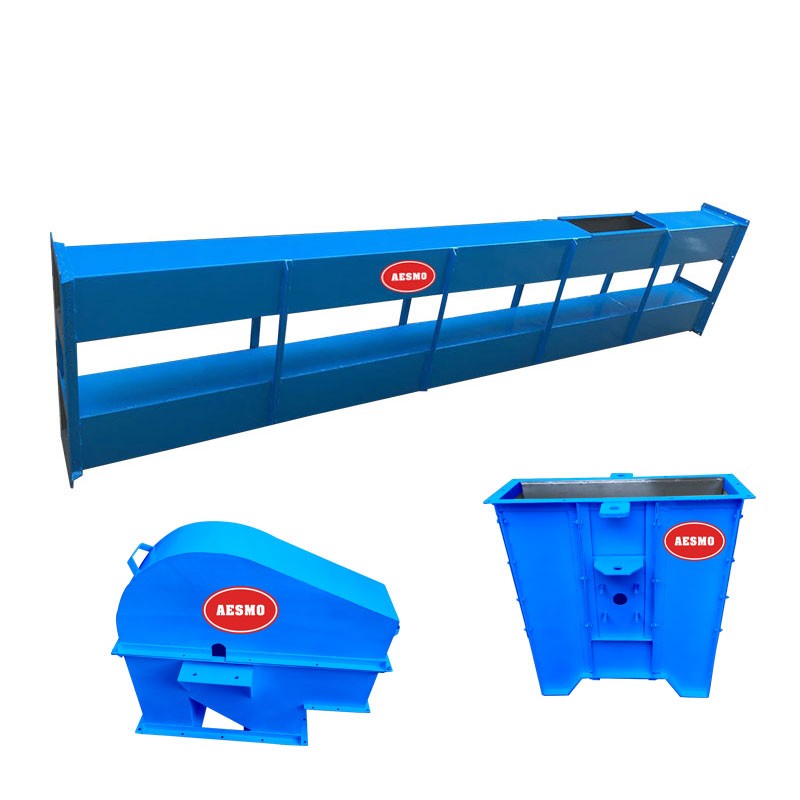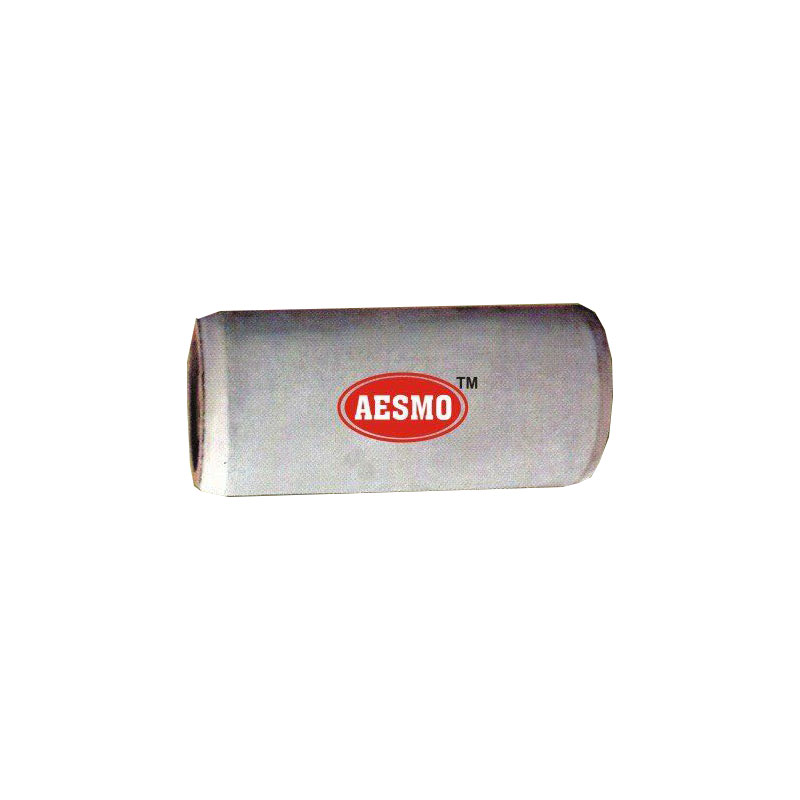We’re on call 24/7
+91-9359932536
Need support?






The Pulse Milling Process:
In India most of the pulses are consumed in dehusked and split form. Thus processing of pulses assumes a lot of importance. Pulses processing industry helps in processing the raw grain legumes/ pulses into edible form. Processing activity is undertaken at 3 different levels. They are:
Primary processing activities consist of production of cleaned, graded, packaged pulses.
Under secondary processing activities such as dehusking, splitting, polishing, tumeric/ spices/ salt coating and powdered besan and packaged dal are done.
iii. Tertiary processing:
These activities mostly consist of preparation of roasted, fried dal and other associated dal products.
Pulses are usually converted into Dal by dehusking/ decutilating and splitting. Both dry and wet milling processes are employed. Mostly carborundum emery rollers are used for dehusking and burr grinders for splitting the pulses. Decutilating is seldom complete in single pass thereby requiring multiple passes. Each pass produces around 1.5 to 2% fines thereby reducing the overall recovery of dal during the milling operation.
Basic processes in dal milling are cleaning, grading, conditioning, dehusking, splitting, separation, polishing and bagging. Major variation is involved with dehusking process only. Dals like Arahar, Urad, Moong and Lentil are difficult to dehusk as a result repeated operations by dehusking rollers are required. Repeated soaking, drying, tempering is done to loosen portions of husk sticking after rolling operations. Sometimes Linseed oil is also used during dry milling operation to impart shine or better appeal to the milled dal.
The removal of the outer layer of husk and splitting the grain into two equal halves is known as milling of pulses. To facilitate dehusking and splitting of pulses alternate wetting and drying method is used. In India traditional milling methods produce dehusked split pulses. Loosening of husk by conditioning is insufficient in traditional methods. To obtain complete dehusking of the grains a large number of abrasive forces are applied resulting in high losses in the form of broken and powder. Yield of split & dehusked pulses in traditional mills are only 65 to 75% due to the above losses compared to 88 to 89% potential yield.
Procedure for pulse milling:
Basically two types of conventional pulses milling methods is commonly used in India. They are:
Description of various Unit Operations:
Cleaning helps in removal of dust, chaff, dirt, grits, etc. from the pulses. Grading is done to segregate the grain legumes of desired shape and size. The same is done using a reel or rotative screen type cleaner.
An emery roller machine is used for cracking the husk layer and for scratching of clean pulses passing through it. This is done for loosening the husk from sticking to the cotyledons in order to facilitate subsequent oil penetration in the following unit operations. Gradually the clearance between the emery roller and cage (housing) is narrowed from inlet to outlet. Cracking and scratching of husk takes place mainly by friction between pulses and emery as the material is passed through the narrowing clearance. During the operation some of the pulses are dehusked and split which are separated by sieving.
The scratched or pitted material passes through a screw conveyer and mixing of some edible oil like linseed oil is done in it. The linseed oil is used at the rate of 1.5 to 2.5 kg/tonne of pulses. Pulses coming out of the screw conveyer are kept on floors for about 12 hours to diffuse the oil.
Pulses are conditioned by alternate soaking/ wetting, drying and tempering. Moisture (3.5%) is added to the pulses after sun drying for a certain period and tempering is done for about eight hours. The grain is dried in the sun again. Until all pulses are sufficiently conditioned the whole process of alternate wetting and drying is continued for two to four days. Pulses are finally dried to about 10 to 12% moisture content prior to dehusking and splitting.
For dehusking of conditioned pulses carborundum coated emery rollers are used. In one pass about 50% of pulses are dehusked. Dehusked pulses are split into two parts. Dehusked split pulses are separated by sieving and the husk is aspirated off. Unsplit dehusked pulses and tail pulses are again dehusked and milled in a similar way. For complete dehusking and splitting the whole process is repeated two to three times.
Polishing is completed by treating dehusked and split pulses with a small quantity of oil and/or water.

B- 15/1- B, Foundry Nagar , Agra - 282006, Uttar Pradesh, India
We’re on call 24/7
Operating Hours
Need support?
Copyright © 2019 by Aesmo Food Machine
Site By Nifty Online.